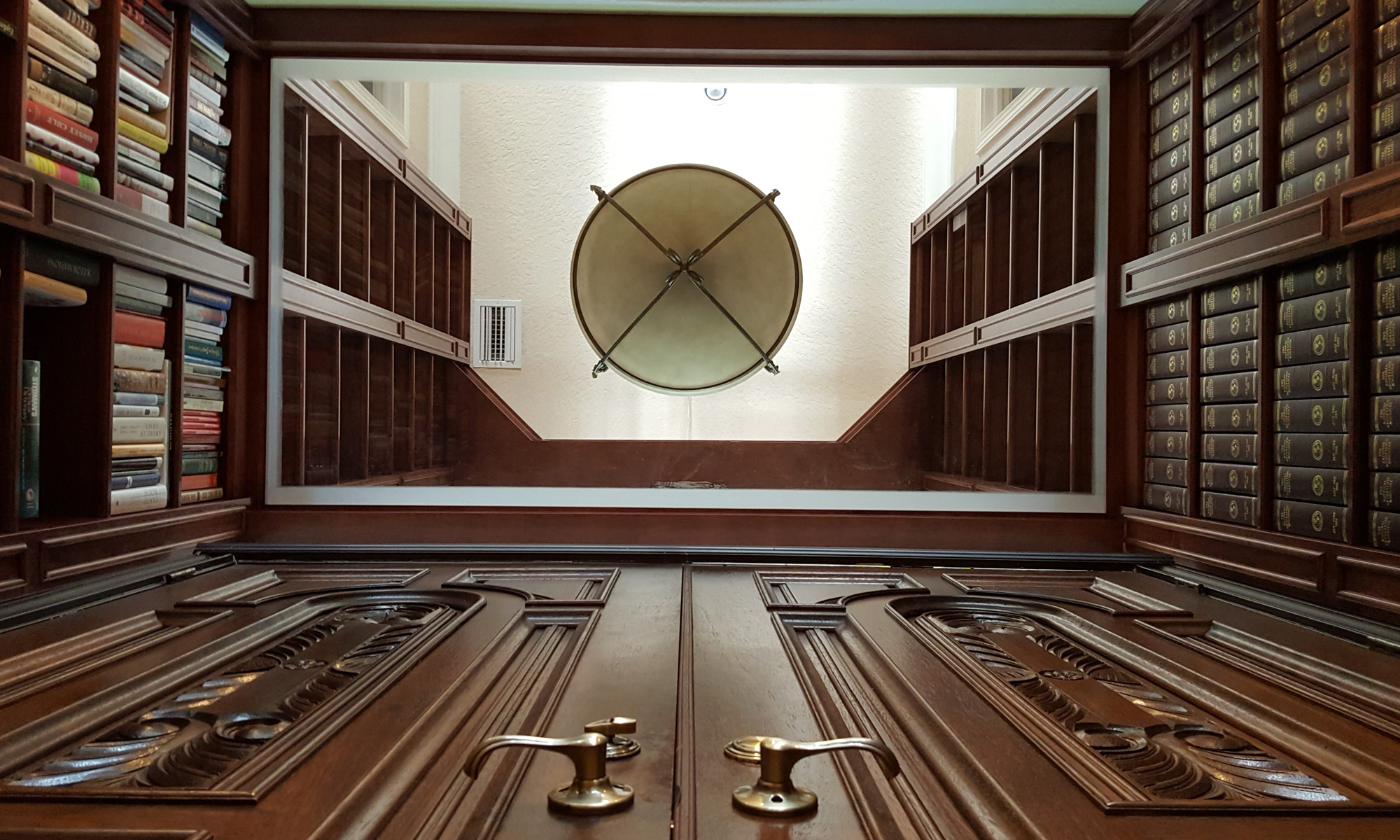I often hear turners talk about “free wood”. To my mind there is no such thing as “free wood”. Between the time and mileage spent driving to pick up the logs and the time and energy spent processing the logs into blanks, I often feel it would be easier and cheaper to just buy the bowl blanks!
Cutting your own blanks does have some advantages. The primary advantage is that of re-using or recycling wood that would otherwise be destined for the chipper or the burn pile. There is something very satisfying about holding a finished bowl and knowing that you were involved in the complete process from log to bowl, and you created a functional and beautiful object from some timber that could have just ended up in a landfill somewhere.
However, there is a lot of work involved in processing a log for blanks, and it is frustrating when the end results are just a bunch of checked and cracked blanks. Two very important things that will help you avoid this are:
- Process the wood as soon as you can. Ideally you will want to process the log the same day as you get it. When this isn’t possible, try and at least get the chainsaw part of the process done as soon as possible, which will remove the pith and then seal the end grain with Anchorseal.
- Remove the pith, remove the pith!!
The picture below shows how I plan on cutting this small camphor log to yield both bowl blanks and some spindle stock. If the log were bigger the spindle stock could be used for hollow forms. This layout is just one possible scenario, the most important thing is that the pith, marked with a red x, is going to be removed and discarded.
Make two cuts down the length of the log, either side of the pith. Don’t cut all the way through with the first cut. In the picture below I have made the first cut and then paused towards the end of the second cut to take the picture. Normally I would have just cut all the way through the log with the second cut.
Complete the first cut.
For the most part this is all that I will do with the chainsaw. I then take the three pieces of wood inside to my band saw. However, some of the cuts that I make with my bandsaw can be made with the chainsaw. I just find the bandsaw more accurate, less wasteful and it’s in the shade 🙂
If the log is fairly straight, I set my fence and then cut off about an inch of the live edge. If the log is not very straight then I will just free hand this cut.
Then using the flat section I just created, I will rotate the log 90 degrees and cut it to the desired thickness. If you do not have the capacity to do this on your bandsaw, then this step can easily be done on the lathe when you first start turning the blank.
I have a set of 1/4″ plywood circular discs in 1″ increments which I use to gauge how large a bowl blank I can get out of the log as well as guide me in the cutting of the blank.
From this section of the log I’ll be able to get two small blanks, one 7″ and one 6″. I draw around the discs with some white chalk and mark the circles to be cut out. I could also just nail the disc to the log and leave it in place while making the cuts.
I would then process the other log half in a similar fashion before moving on to the slab I removed from the center of the log. On this slab I cut off about an inch from both live edges.
Then I would set the fence to the same dimension as the thickness of the slab and cut out as many sets of spindle stock as I can, working towards the center of the slab from either side, being mindful of where the pith is. In the picture below, you can set two pieces of spindle stock either side of the pith section which will be discarded.
Here is the yield from the log. Three bowl blanks, two pieces of spindle stock and a section of questionable orientation that I will probably make a sphere from.
This is the reason why the one log half only yielded one blank and the piece of questionable orientation. The chainsaw cut revealed that I had cut through two nails embedded in the log. This illustrates the importance of inspecting the logs carefully before cutting with either the chainsaw or bandsaw. It also confirms my theory about there being no such thing as “free wood”. My chainsaw blade needs to be resharpened now and if I had not noticed these nails they would have trashed my bandsaw blades. I think I may look into buying a metal detector!
The final step is to coat the blanks with Anchorseal. I cut the entire blank, however many people will just coat the end grain and leave the face grain bare. I’ve found the horizontal section of my new log processing platform to be perfect for this.

































































